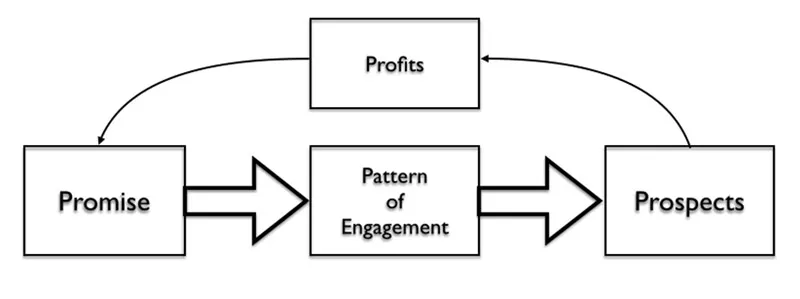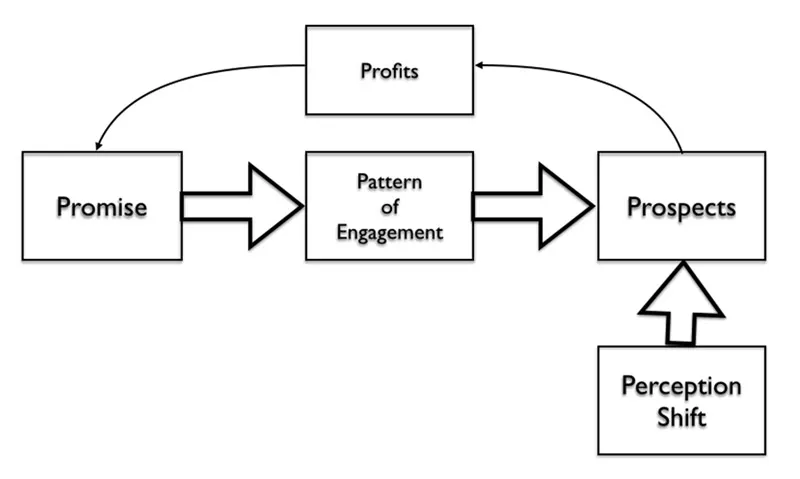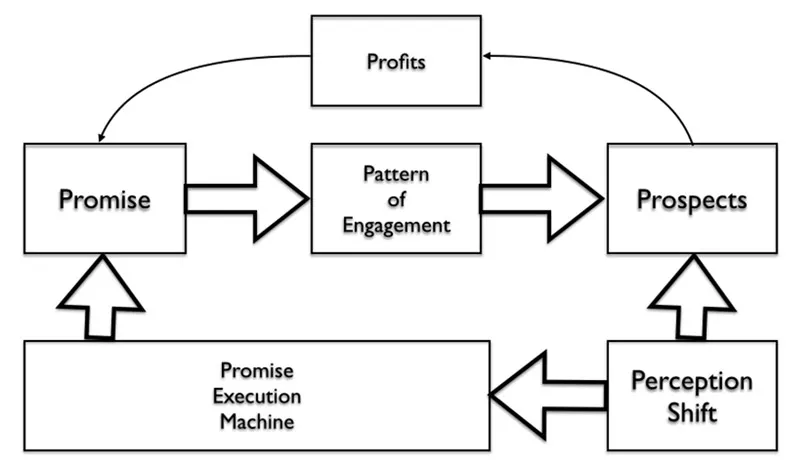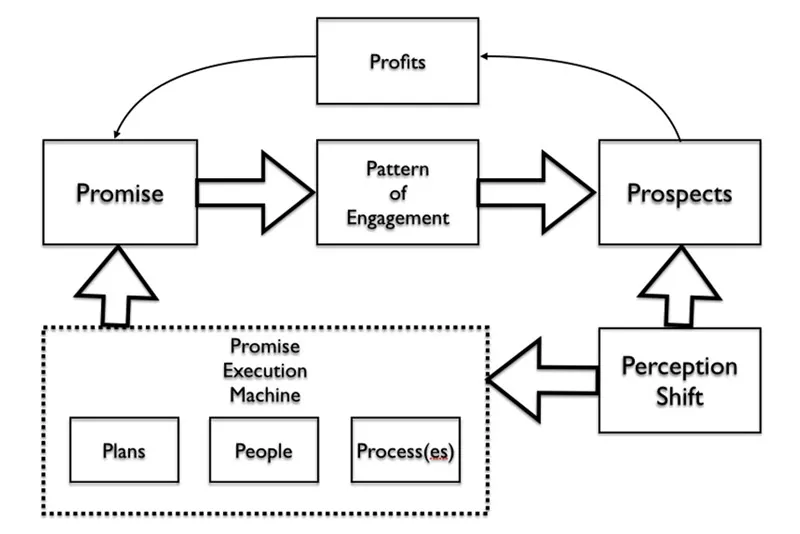The quest for the right pivot – are you on the right path?
An entrepreneurial journey generally begins with a hypothesis that an existence of the idea in action will serve the needs of enough number of people at a price good enough for the business to sustain and grow.

Image credit "ShutterStock"
The above is the basic premise and we can make it more complicated to include shifts in market conditions, demographics, rise of competition etc. For the sake of the discussion here, we can start from the above.
It all starts with a Promise
It’s a promise you are making to a set of prospects (you can call that set of prospects as your target market) that what you bring to the table is valuable enough for them.

If your assumptions are correct and you have a method to reach those prospects in a cost effective way, there is a chance that your startup will take off. When the prospects become aware of your promise, either magic happens or you quickly need to get back to your drawing board and change something to make it work.
That change that might bring about the magic is called a pivot.
Pivot 101
If there are only two elements to consider, a pivot simply could be:
- A change in your Promise: Here, you redesign your offering enough to make it attractive to your prospects. A minor update won’t count - it has to be something substantial. For example, you are selling carpet cleaning to luxury homes and when that does not fly for some reason, you switch to gardening services for the same luxury clientele.
- A change in Prospects: In this case, you go after a different market. For example, you were selling gardening services to luxury homes. You decide to sell the same gardening services to apartment homes and condominium homes. You pivot because the price per unit goes up significantly when you switch from luxury home market to apartment home market.
It would be great if life was that simple.
The Pivot Plot Thickens

Let us introduce two more elements into the mix:
- Pattern of Engagement
- Profits
Profit is a derivative element and can only by other elements that you have some control on -- so let us shift the focus to something that you CAN control: Pattern of Engagement.
Pattern of Engagement: A pivot can happen when you change the pattern of engagement with your prospects.
A few examples:
- You were selling gardening services to apartments and charging for every time you provide the service. You change that pattern of engagement to “annual pre pay” model where the apartments will get a reasonable discount. It works out great for you too as it boosts your cashflow to help you do more things.
- You operate a private nursing home where you used to charge clients per visit. You decide to convert that to a concierge service where you serve only a few hundred clients that pay a hefty annual fee per family to receive high-touch, personalized care.
- You were renting DVDs in stores. You switch over to rent-by-mail. Then, again, you switch over to just online streaming (I am sure we are all familiar with who we are talking about).
The Right Pivot

At the expense of over-simplifying, you saw that there are three kinds of changes you can make to pivot. They are:
- Promise
- Pattern of Engagement and
- Prospects
So, can you assume that if you tweak some combination of the above, you will find the right pivot?
Answer: Rarely!
The reason is that there are two more factors that affect the above.
They are:
- Perception Shift: This is the result of the rapid change that we all experience in this world. Your prospects experience this on multiple levels -- locally, geographically, lifestyles, education, politics, and demographics and so on. If you ignore this, you will fail to adapt and reinvent as necessary.
It is important to note that a worthy competitor can bring a significant perception shift as well.

- Promise Execution Machine: Last, but not the least, your pivots can fail because your Promise Execution Machine is not capable of adapting to serve your prospects with the new Promise that has been made. If you can’t execute on the promises made, your startup will be history in no time.
Your Promise Execution Machine is made up of many elements. Here are three that are relevant to this discussion:

a) Plans: A pivot (a change in the Promise, Prospects or Pattern of Engagement) will definitely warrant new plans. You can’t expect a pivot to succeed by operating on the seat of your pants. The magnitude of shift in plans is directly proportional to size of the delta caused by the pivot.
b) People: People are at the heart of any startup and your startup will not be an exception. You would have assembled the “right” people for a promise to serve a set of prospects in a certain pattern of engagement. When one or more of these elements change, either current people have to change OR you have to bring new people that are right for the post-pivot situation. The magnitude of PAIN involved in making this happen is what most people underestimate. People resist change and in the case of a fast-moving startup, forget about resisting change, they have to embrace change with both arms and LOVE it.
c) Processes: Processes are what people use to make plans a reality. Again, based on the shift caused by the pivot, the processes change significantly. For example, you have a store on the web selling eBooks. For whatever (crazy, of course) reason, you pivot to sell shoes and want to emulate the Zappos model of two-way free shipping. You can only imagine the nature and magnitude of shift in processes that come with the post-pivot situation. You get this wrong and you can be guaranteed that the pivot fails.
The Last Word
Magazines and business books might make a “pivot” look and seem sexy. In real life, every pivot is filled with blood, guts and glory – probably way more than what you might have imagined. Being aware of what really happens in a pivot won’t magically eliminate the pain involved, but at least it will prepare you for that journey.







